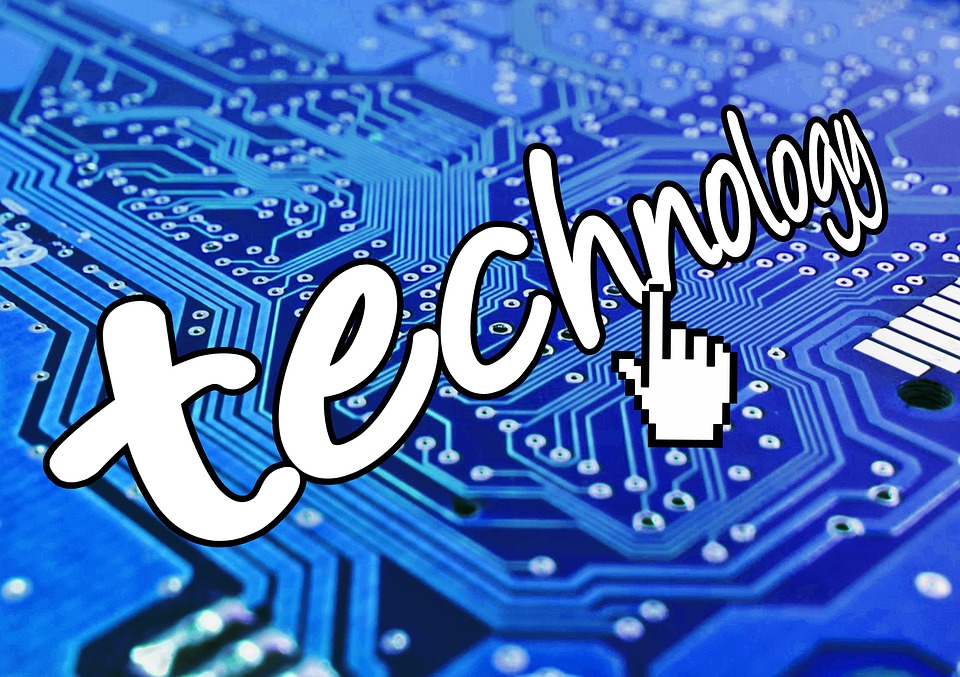Effective version control is critical for managing changes in data projects, ensuring collaboration, and maintaining a history of modifications. Two popular version control systems (VCS) are Git and SVN (Subversion). Each has its strengths and weaknesses, making it essential to understand their differences to choose the right one for your data projects. This article compares Git vs. SVN to help you determine which is better for version control in data projects. A data science course in Mumbai can provide practical knowledge and skills for those looking to deepen their understanding of these tools. Also, a well-structured data scientist course can enhance your analytical skills and open new career paths.
Git Overview
Git is a distributed version control system that enables developers to collaborate on a single project. Founded by Linus Torvalds in 2005, it has become the most used VCS due to its flexibility and efficiency.
Advantages of Git
- Distributed System: Each developer has a local copy of the entire repository, enabling offline work and providing redundancy.
- Branching and Merging: Git’s flexible and robust model allows easy experimentation and feature development.
- Performance: Git is optimised for speed, making it fast to commit, branch, and merge. This efficiency instils confidence in its performance, particularly for projects with frequent changes and large codebases.
- Data Integrity: Git ensures data integrity by using a hashing algorithm (SHA-1) to track changes.
- Large Community and Ecosystem: Git’s popularity has led to a vast ecosystem of tools, integrations, and community support.
Disadvantages of Git
- Complexity: Git’s powerful features come with a steeper learning curve, making it challenging for beginners.
- Storage Requirements: Each developer’s local repository requires significant storage, especially for large projects.
- Less Centralized Control: While flexibility is a strength, it can lead to challenges in managing a cohesive workflow across large teams.
Overview of SVN
SVN, also known as Subversion, is a centralised version control system developed by CollabNet Inc. in 2000. It has been extensively used in business settings and provides a more straightforward method of version management.
Advantages of SVN
- Centralised System: All files and changes are stored in a central repository, which simplifies managing and controlling access.
- Simplicity: SVN’s straightforward model is easier to understand and use, especially for those new to version control. This simplicity ensures a user-friendly experience, particularly for beginners.
- Efficient Handling of Binary Files: SVN handles binary files more efficiently, making it suitable for projects involving large, non-text files.
- Detailed Commit Histories: SVN’s centralised approach provides a thorough and linear commit history. This detailed oversight capability can provide reassurance, particularly for projects requiring strict version control.
- Access Control: Administrators may manage permissions and access restrictions from a centralised repository.
Disadvantages of SVN
- Limited Offline Capabilities: Developers need access to the central repository to commit changes, limiting offline work capabilities.
- Branching and Merging: SVN’s branching and merging are less efficient and more prone to conflicts than Git’s.
- Performance: SVN can be slower, especially with large repositories and numerous branches.
Key Comparisons
Usability
Git: Known for its flexibility and robust features, Git can handle complex workflows and large projects. However, it requires a deeper understanding and can be intimidating for beginners. Its network architecture enables developers to operate independently and offline, making it perfect for decentralised teams.
SVN: SVN’s centralised model simplifies version control, making it easier for beginners to grasp. Its linear commit history and straightforward commands reduce complexity but require constant access to the central repository, limiting remote or offline work.
Performance
Git: Optimized for speed, Git performs operations like commits, branches and merges quickly. Its local repositories enable fast access to the entire project history, making it suitable for projects with frequent changes and large codebases.
SVN: SVN can be slower, especially for large repositories. Its centralised nature means that network speed and server performance impact overall efficiency. However, SVN handles large binary files more effectively than Git.
Branching and Merging
Git: Git’s branching model is one of its most vital features. Branches are lightweight and easy to create, allowing developers to experiment without affecting the main codebase. Merging in Git is efficient and designed to handle complex scenarios with minimal conflicts.
SVN: Branching and merging in SVN are more cumbersome. While SVN supports branching, the process can be slower and more prone to conflicts, especially in large projects. That makes SVN less suitable for workflows that rely heavily on branching and merging.
Flexibility
Git: Git’s distributed nature provides unparalleled flexibility. Developers can work independently, create branches for different features, and merge changes seamlessly. This flexibility is ideal for agile development and continuous integration workflows.
SVN: SVN’s centralised approach offers less flexibility but more control. Administrators can manage the central repository and enforce consistent workflows. This structure is suitable for projects requiring strict version control and oversight.
Ecosystem and Community
Git: Git’s popularity has led to a vast ecosystem of tools, integrations, and resources. Platforms like GitHub, GitLab, and Bitbucket offer robust services for hosting Git repositories. The active community provides extensive documentation, tutorials, and support.
SVN: While not as widely used as Git, SVN has a mature ecosystem with solid support from enterprise tools like Apache Subversion and TortoiseSVN. Its community is smaller but still provides valuable resources and support for users.
Use Cases
Git is ideal for open-source projects, distributed teams, and environments with complex workflows. Its branching and merging capabilities make it suitable for agile development, continuous integration, and projects with frequent changes. Git is also beneficial for developers who need to work offline or independently.
SVN suits enterprise environments, projects with large binary files, and teams requiring centralised control. Its simplicity and detailed commit histories make it a good choice for projects with strict version control requirements. SVN is also well-suited for teams new to version control or those preferring a more straightforward approach.
Conclusion
By evaluating your project requirements, team structure, and workflow preferences, you can make an informed decision between Git and SVN. Both tools have unique advantages, and understanding these will ensure that your version control strategy effectively supports your development goals.
Enrolling in a data science course in Mumbai can benefit those seeking practical experience and expertise with these version control systems. A data scientist course offers comprehensive training in Git and SVN, helping you understand their strengths and how to leverage them effectively in real-world scenarios.
Business Name: ExcelR- Data Science, Data Analytics, Business Analyst Course Training Mumbai
Address: Unit no. 302, 03rd Floor, Ashok Premises, Old Nagardas Rd, Nicolas Wadi Rd, Mogra Village, Gundavali Gaothan, Andheri E, Mumbai, Maharashtra 400069, Phone: 09108238354, Email: enquiry@excelr.com.








